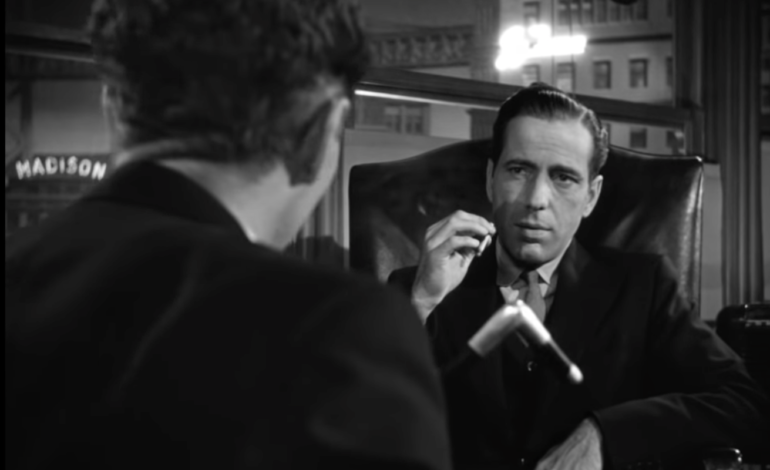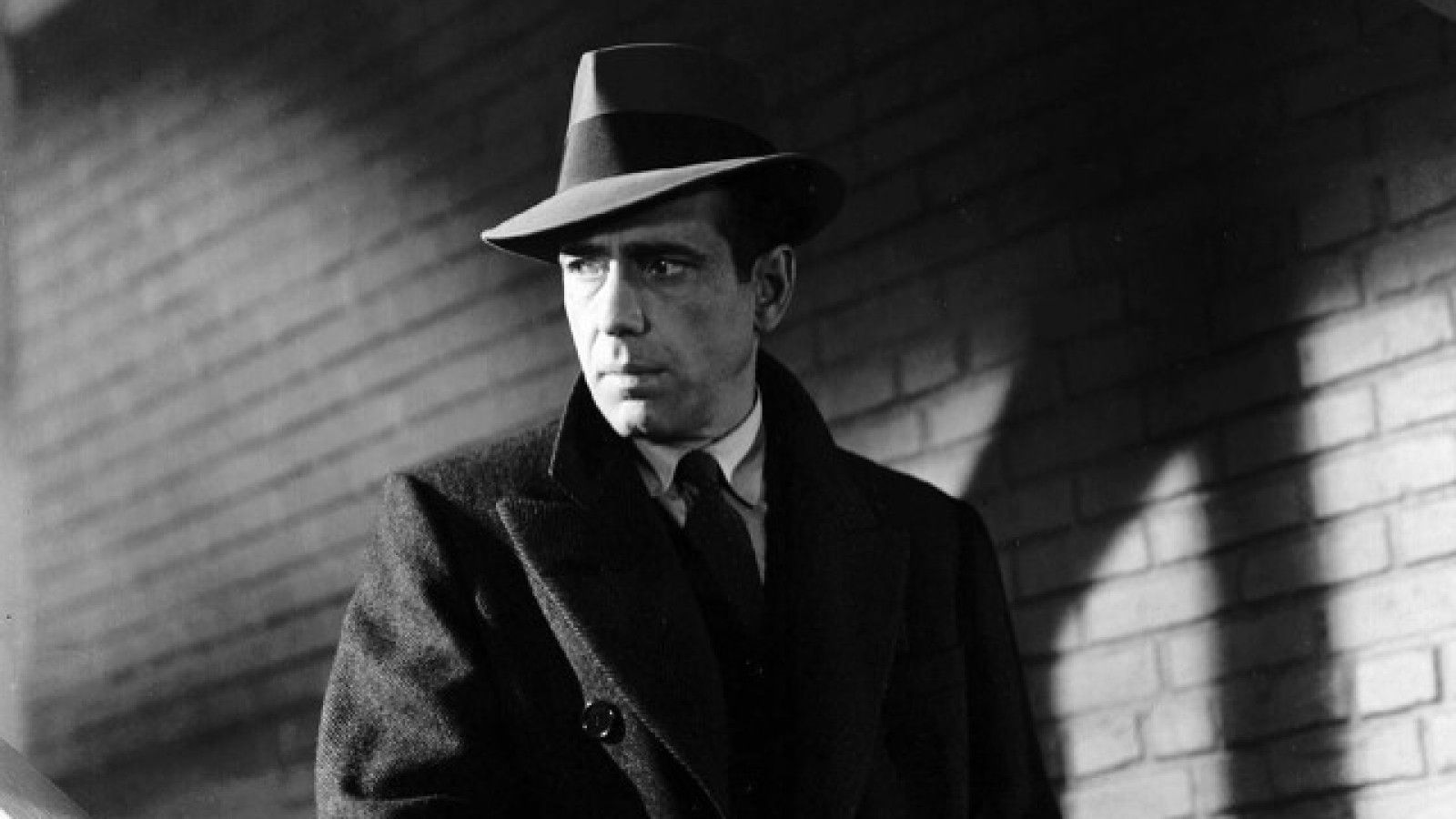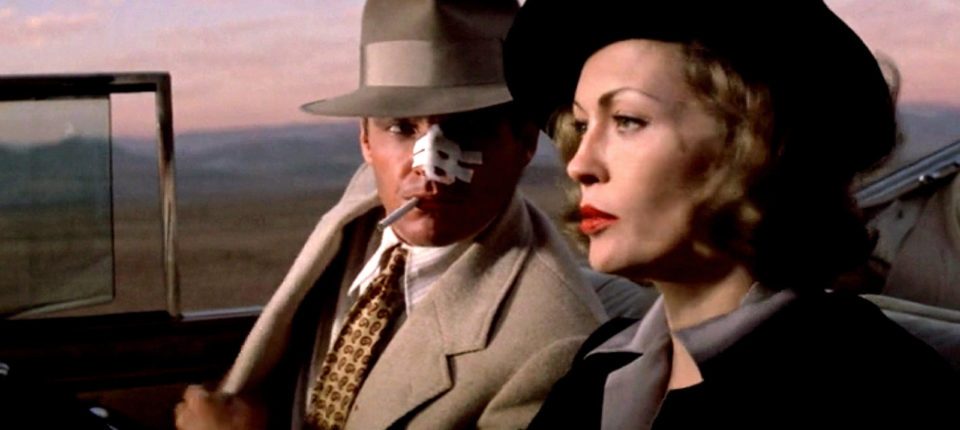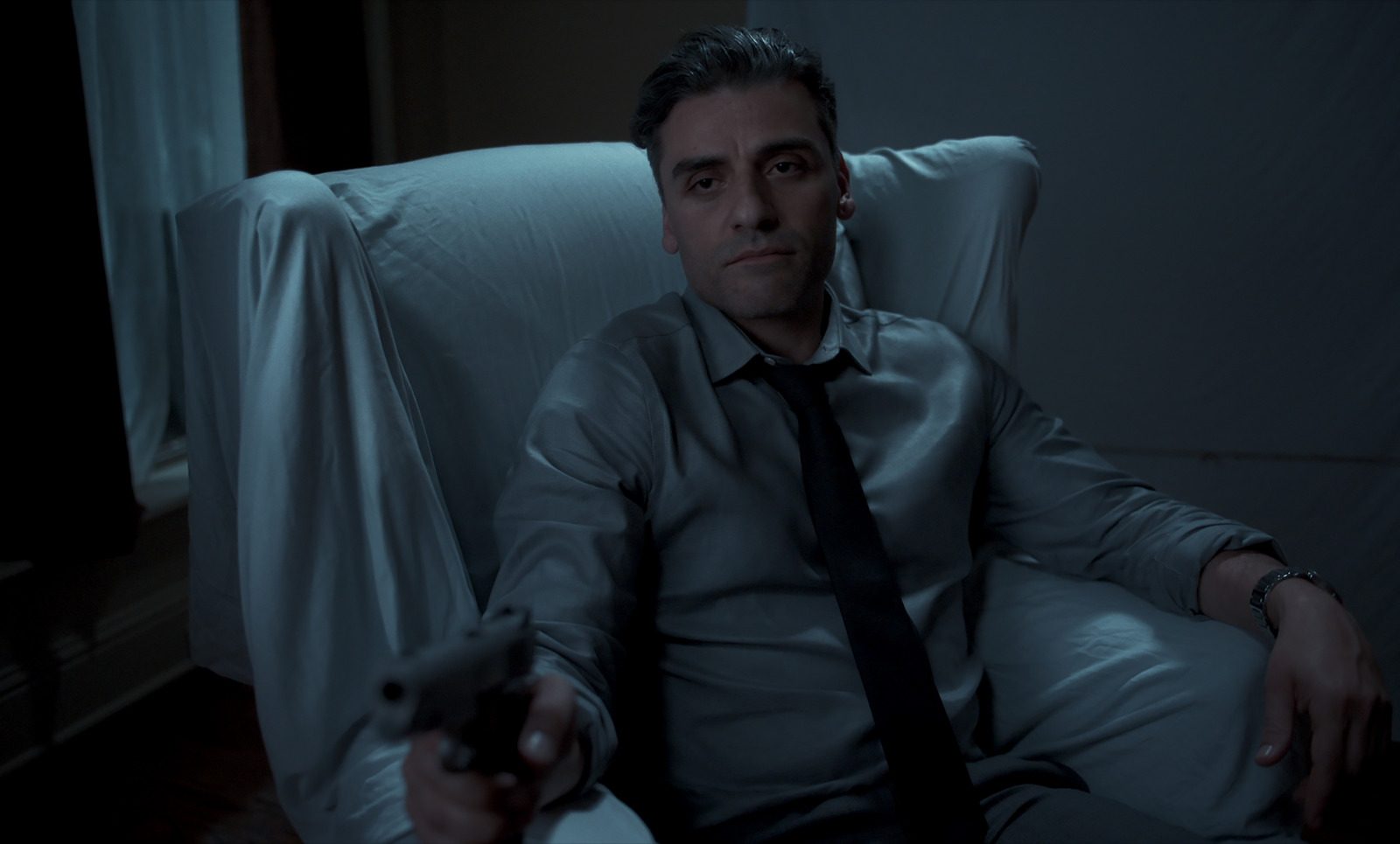

The ebb and flow of genre filmmaking and exhibition throughout the history of cinema has left certain genres, once main cornerstones of the industry, to the wayside. Many have revivals in eras of creative renaissance, but their returns are ultimately works of pastiche or parody. The western, for example, was once a pillar of popular cinema. Today, the only filmmakers who successfully manage to bring the western back to the forefront of pop culture are those who engage in pastiche of previous work. One genre that has seemingly endured most of the changes to the film industry over time, through multiple iterations, has been film noir. Its continued thematic relevance to today make the genre a prime candidate for a resurgence in popular culture.
As observed by the French cinephile community in the mid-1940s, American crime films were often ‘dark’. One could track the darkness in a film’s visual nature down to its roots in skepticism of power. French film critic coined the term “film noir” in 1946 to define this specific type of film. The darkness these types of crime films conveyed, figuratively and literally, contrasted the images of hope, romance, and mysticism, which had been so regularly projected onto the screen. The genre offered an alternative to the conventional happy endings, which were typical of most Hollywood productions.


The cynicism issued in film noir through its low-key and black-and-white cinematography, reminiscent of the layered abstractions of German expressionism, take aim at the corruption and deceit of post-industrial American society. The criticisms of industry and industrialists as inherently corrupt and duplicitous, extend to Hollywood itself, as Los Angeles became a hub for the genre. It was this honest depiction of the US hierarchy of wealth and influence that captivated moviegoers, with the P.I. serving as a vessel for the feelings of the working-class or anyone else rungs below the rich and powerful on the ladder of American society. Identification with this class struggle allowed film noir to become one of the define genres of Old Hollywood.
The classical noir genre’s objections to authority, carried by their cynical and weary private investigator protagonists, may have also been its own downfall. At the beginning of the Cold War, Hollywood and the US government worked in tandem to crack down on the growing list of socialist and communist writers, directors, and actors in the film business. Suddenly, P.I.’s were taking down Soviet spies and communists instead of crooked businessmen and supporting the establishment instead of challenging it. Understandably, the genre craze died down significantly.


That is until the beginning of New Hollywood: the mid-1960s and early 70s. This is when creative filmmakers, inspired by the French new wave and their rejection of conventions and rules of previous generations, were allowed to re-engage with anti-establishment themes that speak to American issues, and not just fear-mongering about communist influence. This was all done in the vain of counterculture, as Hollywood attempted to readjust to popular sentiment among moviegoers. The changes inherent to the neo-noir movement were also apparent in its protagonists. Private detectives once again took on the rich and powerful, but in some different ways and producing different outcomes. Chinatown, directed by Roman Polanski, follows a pretty typical noir formula, albeit even more bleak than previous entries in the genre, but ends in a horrific fashion, with our protagonists, not only losing the fight, but losing it badly. This ending is what sets apart film noir from neo-noir. It takes the condemnation of the industrial elite at the heart of the central corruption to the next level by showing the horrors it produces right in front of you, instead of off-screen.
Many, if not most, of the problems commented on by Film Noir and Neo-Noir still persist in American society today. The same types of corruption, greed, and cruelty touched upon in both the Film Noir and Neo-Noir movements not only still exist today, but in some ways are exponentially worse and more problematic. Inequality is at its most disproportionate since records of it began in 1989, with the top 1% owning 32% of the wealth. This unbalanced dynamic has yet to make it to the screen in the this new age of Hollywood by way of any cinematic movement. It’s this disparity in contemporary society that makes the Noir film perfect for a comeback.


Its dark, cynical distrust of the rich and powerful could very well inform and validate the feelings of moviegoers in the US. Films and TV shows like Paul Schrader’s The Card Counter, Chloe Zhao’s Nomadland, David Lynch’s Twin Peaks: The Return as well as several films in Kelly Reichardt’s filmography successfully convey the landscape of post-financial crisis America. Good, honest, and fulfilling work is difficult to come by as the greed and moral corruption disintegrate the prospects of the “American Dream,” an idea which is constantly in flux in Hollywood cinema. The aesthetics of any of these filmmakers employed in the Noir genre could genuinely communicate back to audiences the feelings that come with living in America in the early 2020s.
To those who say that Hollywood is out of ideas: would it be so bad if that were true? With over one hundred years of stories and history repeating itself, why not go back to the well and resurrect this great genre? Noir as a concept shall never truly vanish as long as the central themes present from its birth continue to persist in society. Narration and inner-monologues may be out stylistically, but greed is sadly always a relevant topic. With just some modern tweaks, perhaps a re-emergence of this classic genre could find success with contemporary audiences.
